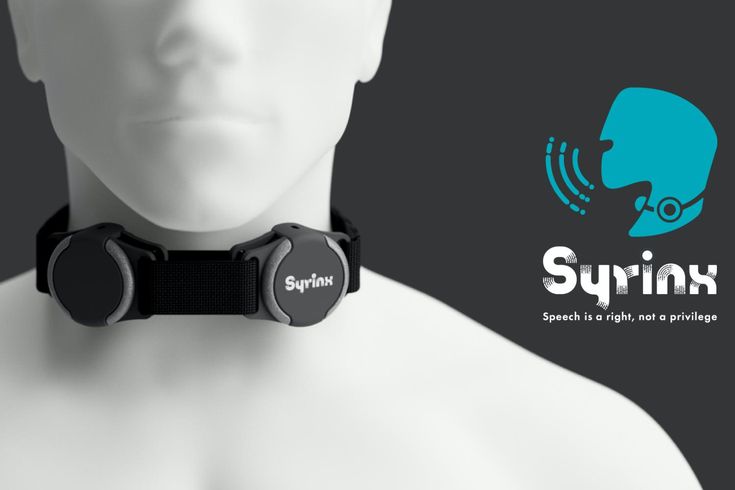The competition in modern competitive sports has long surpassed the simple competition of athletes' physical fitness and technology. Technology empowerment is reshaping the underlying logic of training and competition. Especially in those little-known sub-fields, such as the intelligent monitoring of sports equipment and the precise regulation of muscle metabolism, athletes are quietly rewriting the code for breaking through their limits.
During the London Olympics, the British rowing team won multiple gold medals because of the data captured by the pedal sensors. This seemingly insignificant technical detail is just the tip of the iceberg of technology intervention in training. Nowadays, many sports equipment have built-in microchips that can monitor athletes' force angles, muscle contraction frequencies, and energy consumption curves in real time. Taking the spikes of sprinters as an example, the sole pressure sensor will record the force distribution of each metatarsal at the moment of starting, and calculate the optimal starting kick angle through algorithms. This data feedback not only helps athletes optimize the details of the movement, but also avoids chronic injuries caused by long-term incorrect force.

Even more shocking is the rise of muscle metabolism regulation technology. After high-intensity training, the speed of muscle lactic acid accumulation often determines the length of the recovery cycle for endurance athletes. The research team has developed an embedded electromyographic stimulation device that can accurately locate fatigued muscle groups during training breaks, simulate the rhythm of muscle autonomous contraction through micro-current, accelerate lactic acid metabolism and promote mitochondrial regeneration. After a professional cycling team adopted this technology, the players' post-race recovery time was shortened by 40%, allowing them to maintain their peak condition during multi-day races.

Nutrition technology is also reshaping the "fuel system" of athletes. Traditional ideas believe that athletes need a lot of carbohydrates to replenish energy, but the latest research has found that the utilization mechanism of branched-chain amino acids by strength and endurance athletes is completely different. The dynamic nutrition monitoring bracelet developed by a laboratory in the United States can calculate the electrolyte and protein supplementation plan accurate to the milligram level based on the athlete's real-time heart rate, sweat volume and blood oxygen saturation. This customized energy replenishment strategy not only avoids the metabolic burden caused by excessive intake, but also activates the supercompensation mechanism of muscles at critical moments.

It is worth noting that the application of technology is breaking through the improvement of a single dimension. The "psychological training cabin" built with virtual reality technology is becoming a new battlefield for athletes to train their psychological resilience. The system will simulate extreme competitive scenes, such as the audience's voices during the Olympic finals, the provocative expressions of opponents, and sudden disputes over refereeing. Athletes need to complete technical movements in a virtual environment and maintain psychological stability. A gymnastics champion once shared that this immersive training allowed him to quickly start the plan to adjust his movements when he faced mistakes in real competitions, and finally reversed the situation and won the championship.
From microscopic cellular energy metabolism to macroscopic training scene simulation, technology is infiltrating every capillary of competitive sports in a silent way. In the future, when athletes step onto the field, every muscle and every breath in their bodies will become a footnote to the co-evolution of technology and human wisdom, and what the audience sees will not only be the collision of strength and speed, but also a new dimension for humans to break through physiological and psychological limits.



